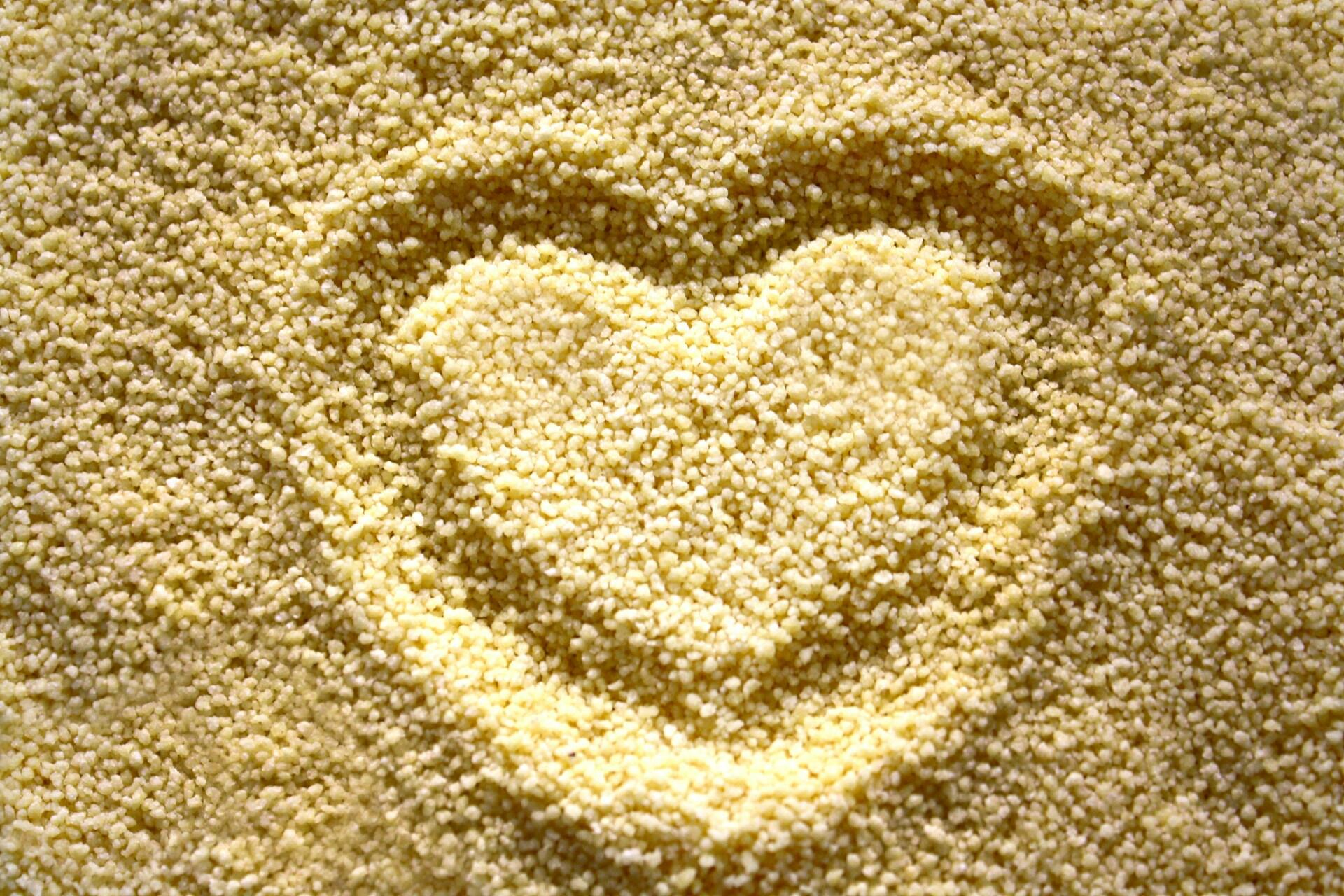Couscous is one of the best ingredients to have in any kitchen. Though we treat it like a grain in most dishes, it's actually more like a pasta. You can add it to a Moroccan stew, a couscous salad, or a tagine. So what exactly is it? Where does it come from? And how can you make the most of it in your cooking? Let's explore the history of couscous and how to use it.

Origins and History of Couscous
Couscous' history is firmly rooted in North African cuisine. For centuries, it's been incredibly popular in Algeria, Morocco, Tunisia, and Libya, but historians believe it originated in the 11th century with the Berber people of Algeria's Kabylie region.
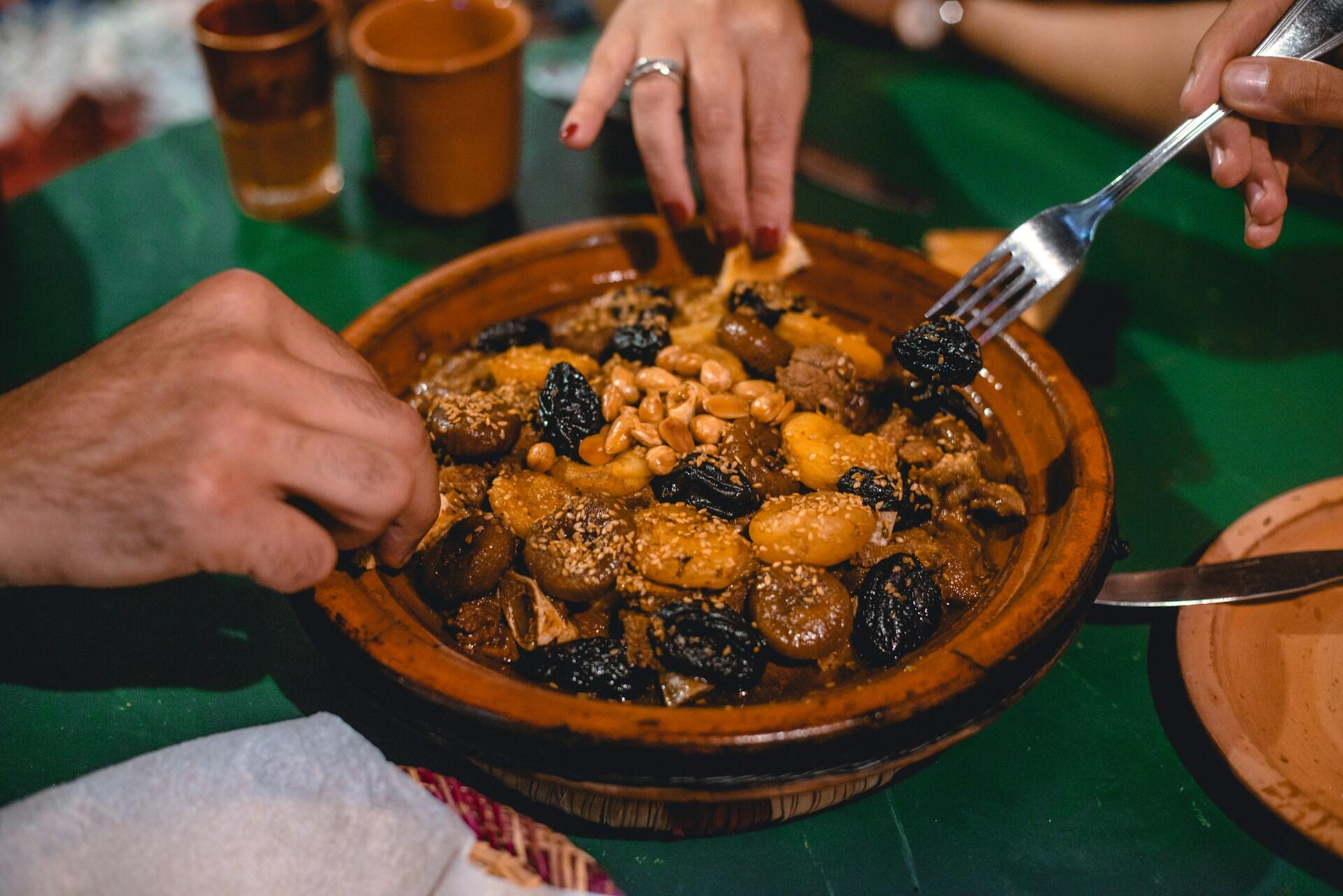
Communities rolled semolina, a coarse flour made from durum wheat, into small uniform granules or balls that could be steamed and stored for a long time. Couscous was particularly useful for nomadic populations.
Couscous would ultimately become a core part of the region's culinary identity, cooked in large pots and served communally during family meals, religious celebrations, and festivals.
As trade expanded across the Mediterranean, couscous made its way to southern Europe and the Middle East. In France, for example, it gained popularity during the colonial era, with North African immigrants introducing their food traditions to the country in the mid-20th century.
countries around the world. Millions of servings are prepared every week.
Types and Varieties of Couscous
Couscous comes in several distinct shapes, which means there are even more recipes and dishes you can make with couscous by choosing the appropriate variety for what you're making. Generally, the difference is down to the size of the couscous and how it's cooked.
Moroccan Couscous
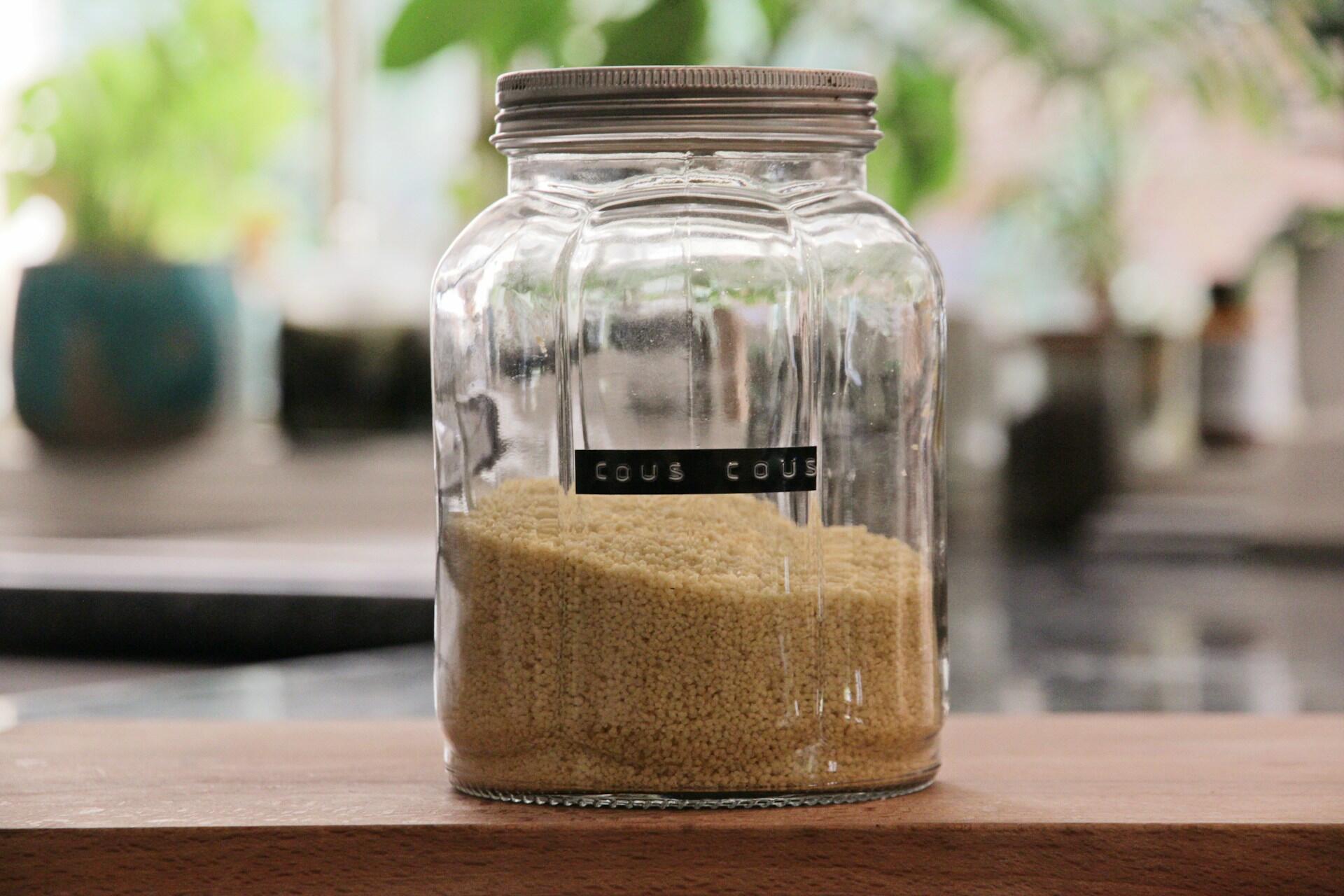
Moroccan Couscous is the most common and smallest variety.
You can cook it in just a few minutes by adding boiling water or stock and covering it to steam.
It has a fine texture and is excellent for light, fluffy side dishes or quick salads.
Israeli Couscous (Pearl Couscous)
Pearl couscous, also known as Israeli couscous, is larger and rounder. It's toasted when it's made, which gives it a slightly nutty flavour and makes it more chewy. This makes it suitable for both warm and cold salads, as it is cooked like pasta, simmered in water or stock.
Lebanese Couscous (Moghrabieg)
Lebanese Couscous is even larger than Israeli couscous and resembles tiny pasta balls. This type of couscous can be used in slow-cooked stews since it requires a longer cooking time and soaks up flavours well.
Whole Wheat Couscous
As the name suggests, this couscous uses a different wheat. Whole durum wheat gives it more fibre and a nuttier taste. It's a popular choice for those seeking a more nutritious and hearty alternative to traditional couscous for recipes.
Gluten-Free Couscous Alternatives
Traditional couscous contains gluten, but you can find gluten-free types of couscous that are made from corn, rice, or other non-wheat grains. Just remember that these will behave slightly differently when cooked, so they mightn't simply be swapped into recipes to make them gluten-free.
Basic Couscous Recipe
Making couscous is pretty easy, especially if you're using the pre-steamed version available in most supermarkets. Whether for a main dish or tossing it into a couscous salad, this is a quick and simple recipe.
Ingredients
Preparation
Step 1
Boil the liquid
Heat the water or stock until it boils, then remove it from the heat.
Step 2
Add couscous
Stir in the dry couscous, oil, and salt. Cover the pot or bowl with a lid or plate.
Step 3
Let it sit
Leave the couscous to steam for 5 minutes.
Step 4
Fluff and serve
Use a fork to fluff the couscous, breaking up any clumps. It’s now ready to add to your dish or serve on its own.
For larger types, such as Israeli couscous, bring a pot of salted water to a boil and simmer for 8–10 minutes, then drain like pasta.

A Simple Moroccan Couscous Recipe
By combining fluffy semolina couscous with spiced vegetables, tender meats, and a warm, aromatic broth, you can make a full meal. This is great for dinner or social gatherings and is as hearty and comforting as making lasagna.
6
20 mins
40 mins
Ingredients
Instructions
Step 1
Brown the meat
Heat olive oil in a large pot or Dutch oven. Add the chicken or lamb and brown on all sides (about 8–10 minutes).
Step 2
Add the vegetables
Stir in the carrots, turnips, and tomatoes. Cook for 5 minutes.
Step 3
Build the broth
Add the tomato concentrate, couscous spices, harissa, salt, and stock. Stir to combine, then bring to a boil. Reduce the heat and simmer for 25 minutes.
Step 4
Add courgettes and chickpeas
After the stew has reduced slightly, stir in the courgettes and chickpeas. Cook for an additional 10–15 minutes.
Step 5
Prepare the couscous
While the stew is finishing, cook the couscous using the basic method (see the previous section). Fluff with a fork before serving.
Step 6
Serve
Pile the couscous on a large dish and ladle the stew on top, or serve the stew and couscous separately, allowing guests to mix and match. Garnish with parsley and a squeeze of fresh lemon juice.
Easy Mediterranean Couscous Salad
Couscous is certainly great warm, but it is an excellent option in cold dishes. A couscous salad is great for lunchboxes, picnics, or light dinners. Use ingredients like lemon, fresh herbs, crunchy veg, and olive oil to find a balance of flavour, texture, and nutrition.
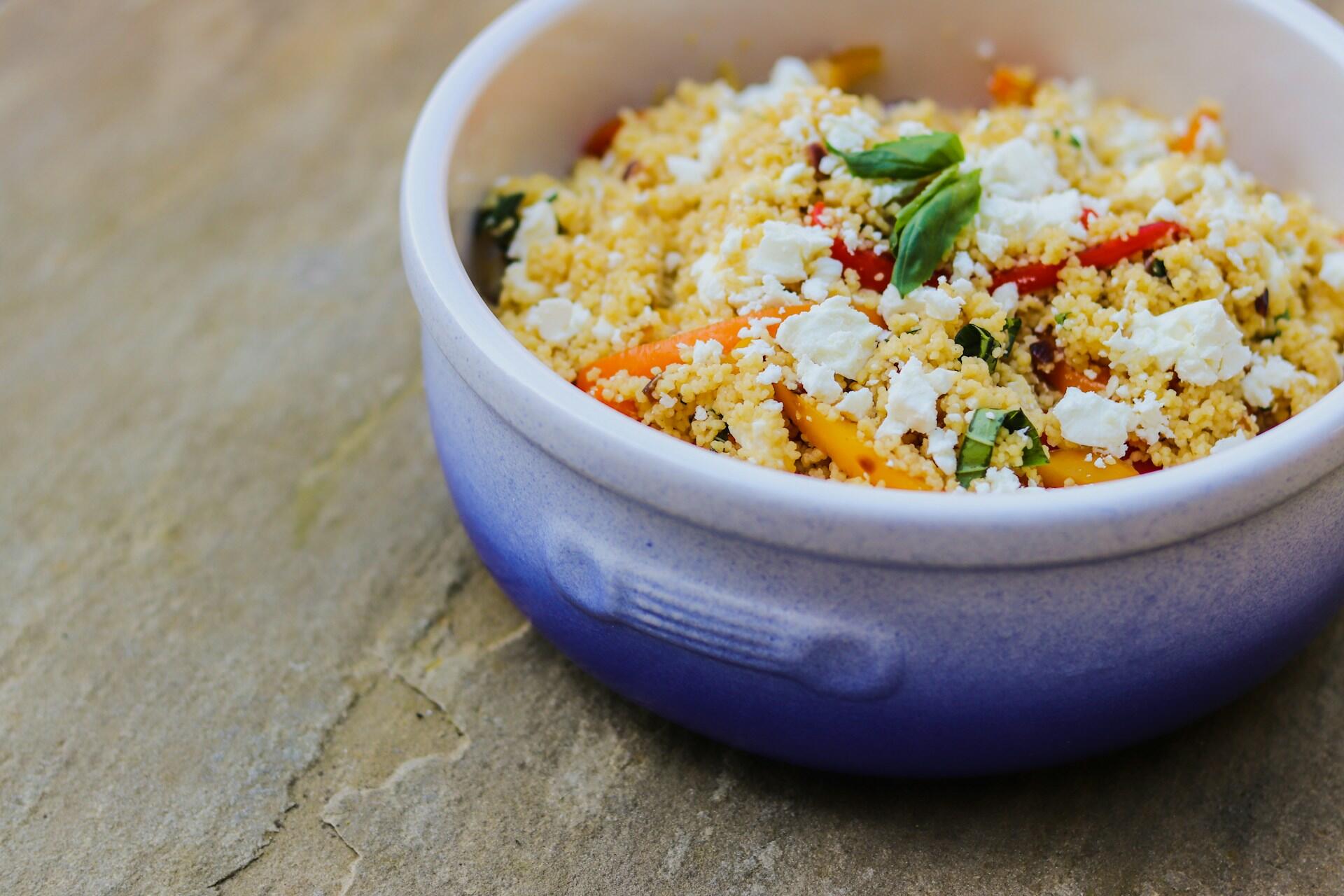
This recipe is an excellent option in summer. With lemon, herbs, and juicy vegetables, just like in a ratatouille, but not as heavy.
Couscous pairs well with almost anything, so you have options to add or remove ingredients according to your taste.
Ingredients
Preparation
Step 1
In a large bowl, combine the cucumber, tomatoes, onion, and herbs.
Step 2
Add the cooled couscous and gently mix.
Step 3
Drizzle with olive oil and lemon juice, then season.
Step 4
Toss to combine and chill for at least 30 minutes.
This salad tastes even better the next day once the flavours have had time to develop.
Everyone has their own recipe for couscous salads. Find the one that works for you.
Lemon-Thyme Couscous Salad
If you want something with more bite, try using Israeli couscous. This is ideal if you're seeking a heartier salad for lunchboxes or a side dish at a barbecue. This recipe has citrus, toasted nuts, and soft herbs for a balanced flavour.
Ingredients
Preparation
Step 1
Cook the pearl couscous
Bring a pot of salted water to a boil. Add couscous and cook for 8–10 minutes, or until just tender. Drain and rinse under cold water.
Step 2
Combine the flavours
In a large bowl, mix the couscous with dried fruit, nuts, lemon zest, lemon juice, thyme, and olive oil.
Step 3
Season and serve
Taste and adjust seasoning with salt and pepper. Add greens if using. Serve at room temperature or chilled.
Serving Suggestions and Tips
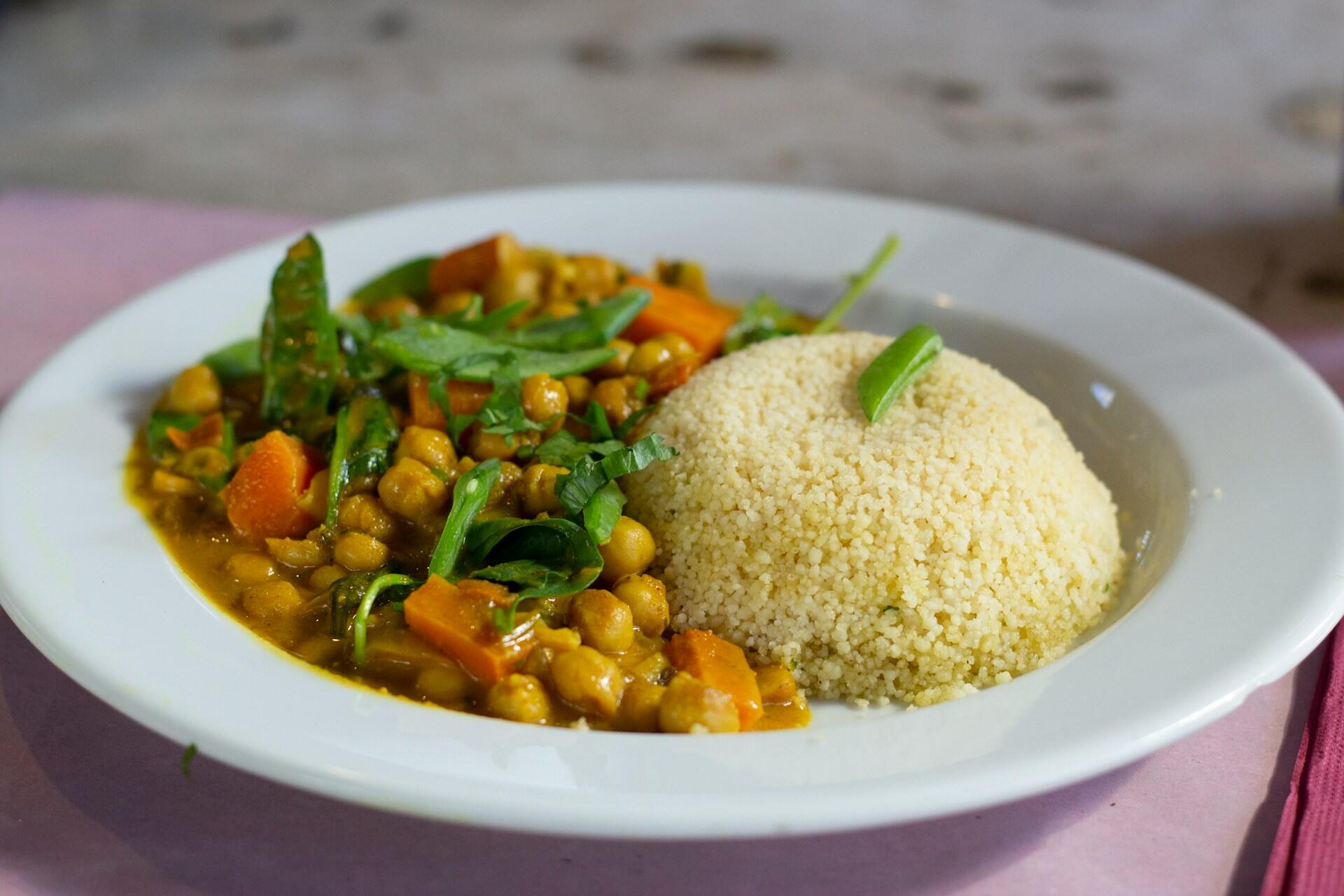
The key to any couscous dish or salad is what you pair it with.
Couscous serves as an excellent base for many dishes, especially when paired with Moroccan lamb, which works much like a poulet basquaise, but you can take it to the next level with these tips. Try them out!
How to Serve Couscous
- Pair with grilled meats, such as chicken, lamb, or spicy merguez sausage, for a complete meal.
- Use couscous as a base for stews, tagines, or roasted vegetables as it soaks up sauces and stock beautifully.
- Serve it cold with crunchy vegetables and a tangy lemon vinaigrette for a quick, make-ahead salad.
- Add to soups as a quicker alternative to pasta or rice.
Tips for Perfect Couscous Every Time
- Always fluff with a fork after steaming to avoid clumps.
- For more flavour, cook couscous in broth instead of plain water.
- Drizzle with a bit of extra olive oil or stir through butter before serving.
- Add fresh herbs, toasted nuts, or chopped dried fruits for added texture.
- Let couscous dishes sit for a while before serving, especially salads. The extra time helps the grains absorb flavour and keeps the dish moist.
Couscous is also great for stretching leftovers. Add a scoop of cooked couscous to leftover roasted vegetables, meat, or even a bit of stew as it soaks up flavour and turns small portions into a full meal.

